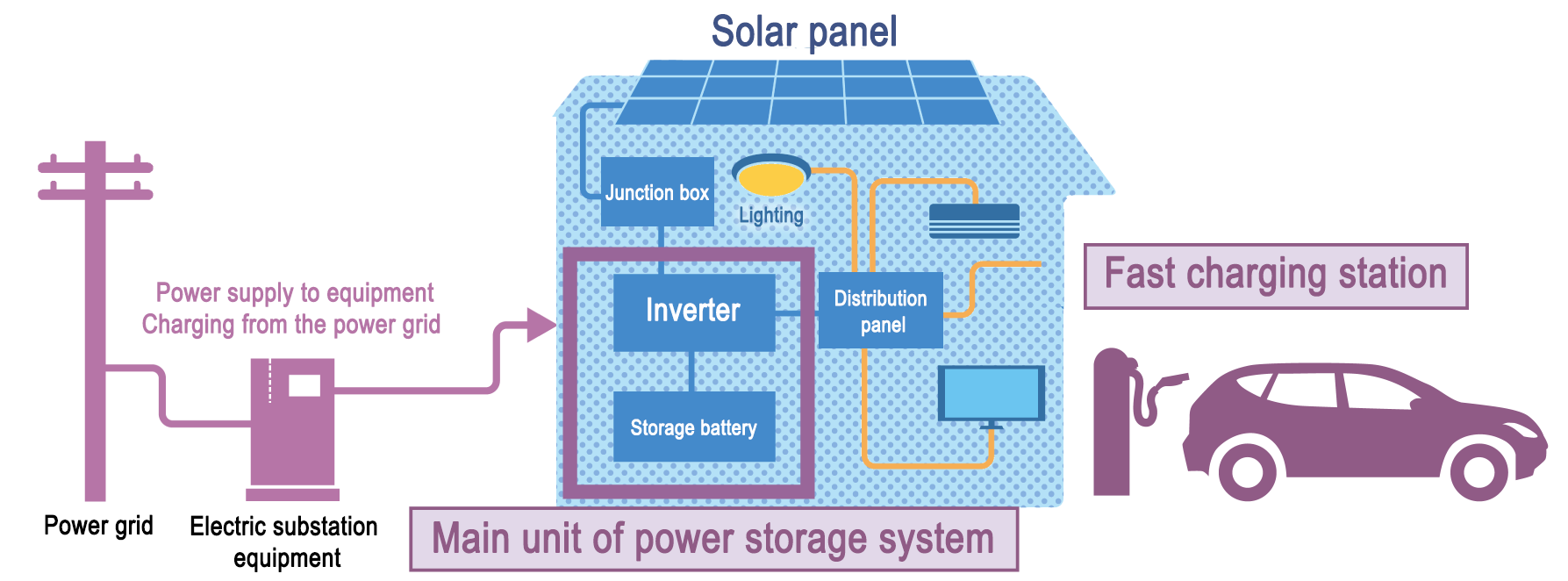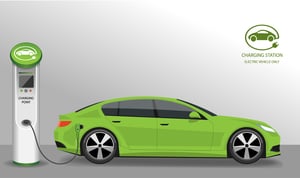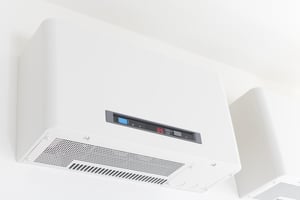Energy is indispensable to our life and society. How to effectively use limited energy resources has become a significant future challenge. Under such circumstances, great importance is placed on energy management systems whose aim is to achieve a sustainable energy society. In fact, high capacity relays play a behind-the-scenes role in the support of such energy management.

This time, the role of high capacity relays and such product information will be introduced focusing on the three representative applications of energy management systems, namely charging stations, power storage systems, and inverters.
[Introduction of applications]
- What is a charging station?

Electric vehicle (EV) and plug-in-hybrid vehicle (PHV), which are attracting a lot of attention as next generation vehicles. It is a charging station that plays an important role in supplying electricity to EV and PHV. The installation of charging station has made recent progress in commercial and public facilities. For example, fast charging station that allow charging in a short time are installed in facilities including convenience stores, roadside stations, and highway service areas. Such station equipped with fast charging functions generally use 3-phase 200-volt power supplies and chargers with 50-kW output, which enable charging for an approx. 40-km drive per 5 minutes of charging.
- What is a power storage system?

A power storage system uses large capacity batteries to store electricity. In the past, power storage systems were adopted for business and industrial use, such as in factories and commercial facilities. However, such systems are now used in general households due to technological advances of lithium-ion batteries in recent years, which lead to a small size and reduced price. They use electricity purchased from electric utilities and some generated by solar power and repeatedly recharge to supply electricity to devices, such as household lighting, air conditioner, and TV. Further, they can serve as an emergency electric power source to ensure minimum electricity requirements when a blackout occurs due to natural disasters, etc.
- What is an inverter?

Electricity generated by solar power comes in the form of direct current (DC), which must be converted to alternating current (AC) usable at home. An inverter has a function to convert electricity from direct to alternating current. Such inverter is equipped with a convertor function to maintain solar-power-generated electricity at a constant voltage in addition to the inverter function. Inverter converts electricity generated from solar power, which cannot be used as is, to electricity usable at home, and also play an important role in the efficient operation of solar power generation systems.
[What are required of relays?]
<DC side>
- Relays used for DC side circuits (for switching direct current loads) are required to provide high capacity DC cutoff capabilities and high reliability since they are used as safety cutoff relays in the event of defects and failures of batteries and power storage systems.
<AC side>
- Relays used for AC side circuits (for switching alternating current loads) are required to provide high capacity AC cutoff capabilities and high reliability since they are used as safety cutoff relays in power grids to prevent anomalies in consumer side circuits from impacting commercial power supply circuits.
Advice for selecting relays!!
High capacity DC side circuits (for switching direct current loads) in particular do not have a zero point (point of zero current) unlike AC side circuits (for switching alternating current loads). Once an arc is generated in such DC side circuits, they have difficulty in extinguishing the arc, thus increasing the arc time. In addition, a constant current flow direction causes the contact transition phenomenon, leading to contact wear. Therefore, it is recommended to select relays that use contact materials with high arc resistance and magnets for extinguishing arcs.

[For frequently asked question]
Question:
What are the advantages of relays suitable for switching high capacity DC (direct current) loads?
Answer:
When switching high capacity DC (direct current) loads, there is no zero point (point of zero current) unlike when switching AC (alternating current) loads. Once an arc is generated during such DC load switching, it is difficult to extinguish the arc, thus increasing the arc time. In addition, a constant current flow direction causes the contact transition phenomenon, leading to contact wear. Therefore, it is recommended to select relays that use contact materials with high arc resistance and magnets for extinguishing arcs.
This article has introduced the three applications for energy management and the performance required of relays.





